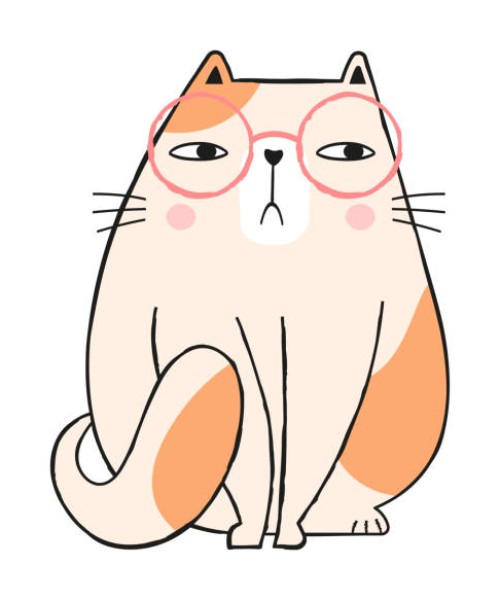童真之歌簇拥在一起,彩灯照在孩子们的身上,他们整齐地跟在成对行走的牧师后面。这类似于教会试图每年提供一项服务,让来自慈善学校的孩子们参加合唱音乐会[3],“举起他们无辜的手”,就像他提到的圣保罗大教堂[4]的“高高的圆顶”一样。布莱克将耶稣升天(也称“圣星期四”)与象征希望的“升天”儿童相提并论,模仿了布莱克试图提升诗歌情绪的做法。耶稣升天与他自己的宗教信仰相似,因为布莱克引用圣经来传达“珍爱”那些不幸的孩子的信息,因为他们“无辜”,像天使一样,因此在精神上更接近上帝。尽管布莱克谈到了贫困这个令人沮丧的话题,但他仍然保持乐观,因为他使用了自然主义和色彩丰富的意象,把孩子们描述成“[灿烂的]……花朵……穿着红色、蓝色和绿色的衣服”。这些颜色照亮了贫困的根本问题,并将教会作为救世主和帮助贫困儿童的潜在解决方案。然而,布莱克承认这一仪式的错误,因为他意识到,教会精心安排这一事件是为了他们自己的私利,让高级牧师显得有道德。具有讽刺意味的是,布莱克把富人[5]的“穷人的监护人”放在一个较低的层次,“低于”穷人的孩子,以代表纯洁和崇高的精神地位,没有钱。这与八件福气中的第一件有关,这八件福气说:“虚心的人有福了,因为天国是他们的。”布莱克同情那些“天真……干净”的孩子们的脸,他们在灯饰中被“老人”引导着,意识到孩子们的脸通常是不干净的,只是为了特定的场合,同情他们。这种遗憾变成了愤怒,在《圣典之歌》中出现,布莱克嘲笑教堂的圣典仪式,质问“这是神圣的事情吗”,因为这个场合失去了它的意义。每一节的短而快的行传达了一种恶意的语气,好像读者在厌恶和绝望中吐出每一行。这与童真之歌形成了鲜明的对比,可怜的孩子们被安置在一个“永恒的冬天”,他们的命运是无助的。这是对贫困人民所面临的困难的直接反映,因为他们缺乏足够的温暖、食物和住所,特别是在整个痛苦的冬季月份。布莱克强调“永恒的”痛苦的寿命,通过重复“和”显示持续的痛苦。当一个孩子面对他疲惫不堪的母亲时,他双手捧着头,一副绝望的样子,这种痛苦在视觉上也得到了表现。紧抓着她的是另一个孩子,绝望地试图抓住她,而第三个孩子躺在他们下面,已经死了。这些孩子将上帝创造的“富饶而富饶的土地”的宁静背景并置。因此,布莱克最终质疑上帝创造一个既美丽又痛苦的世界的理由。
英国伦敦essay代写:童真之歌
Songs Of Innocence cluster where the illuminations present children uniformly following priests as they themselves walk in pairs. This resembles the church’s attempts to annually provide a service from which children from charity schools take part in a choral concert[3], “raising their innocent hands” in a school-like fashion as he refers to the “high domes of St Paul’s” Cathedral[4]. Blake parallels Jesus’ ascension, otherwise known as Holy Thursday directly to the children who “rise to heaven” signifying hope, mimicking Blake’s attempt to lift the mood of the poem. The ascension resembles his own religious beliefs as Blake uses biblical references to convey the message of “[cherishing]” children who are less fortunate as they are “innocent” and angelic-like and would therefore be spiritually closer to God. Though Blake is addressing the bleak topic of poverty, he remains optimistic as he uses naturalistic and colourful imagery, describing the children as “[radiant]… flowers… dressed in red & blue & green”. These colours brighten the underlying issue of poverty and presents the Church as a saviour and potential resolution to helping poor children. However, Blake acknowledges the faults in this ritual as he realises the Church orchestrated the event for the purpose of their own selfish gain, allowing high class priests to appear moral. Blake ironically places the wealthy[5] “guardians of the poor” at a lower level, “beneath” the poor children in order to represent the purity and high spiritual status in having no money. This relates to the first of the eight beatitudes which state “blessed are the poor in spirit, for theirs is the kingdom of heaven”[6], providing hope for the young choral singers. Blake pities the “innocent… clean” faces of the children who in the illuminations are being led by the “aged men”, aware that typically the children’s faces would not be clean and are only so for the occasion, sympathising with them. This pity changes to anger in the companion piece ‘Holy Thursday’ found in Songs of Experience as Blake mocks the idea of the Church’s Holy Thursday ritual, questioning “Is this a holy thing to see” as the occasion loses its purposeful meaning. The short and rapid lines of each stanza conveys a spiteful tone as if the reader is spitting out each line in disgust and hopelessness. This is a clear contrast from Songs of Innocence as the fate of the poor children is helpless as they are stationed in an “eternal winter”. This is a direct reference to the struggles people in poverty face as they lack sufficient warmth, food and shelter particularly throughout the torturous winter months. Blake emphasises the longevity of the “eternal” suffering through the repetition of “and” showing the ongoing misery. This misery is also visually presented through the illumination of a child’s head in his hands resembling despair as he confronts his drained and weary mother. Clinging onto her is another child desperately trying to hold on as a third child lies below them, extinguished. These children juxtapose the scenic peaceful background of the “rich and fruitful land” God had created. Therefore Blake is ultimately questioning God’s reasoning for creating a world of both beauty and suffering.






